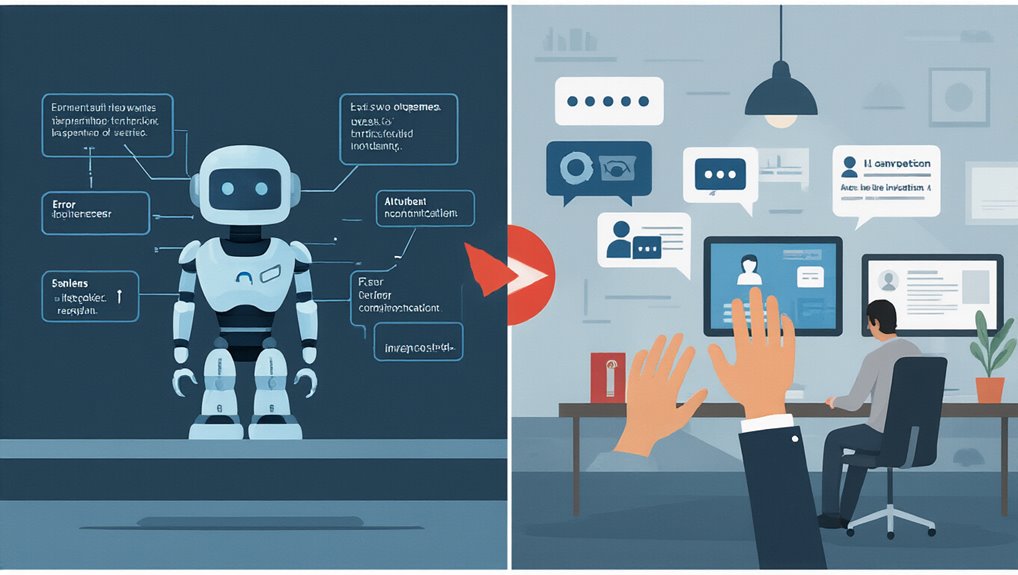As cloud adoption reaches unprecedented levels with over 90% of organizations using cloud services in 2025, the traditional relationships between Business Process Outsourcing (BPO) providers and IT departments are undergoing a fundamental transformation.
This shift is driven by the massive migration of business data to cloud environments, with 60% of organizational information now stored in the cloud. Companies are no longer viewing cloud solutions as optional—they’ve become essential infrastructure for competitive operations. Enterprise applications using common programming languages like Java, Python, and JavaScript are forming the technological backbone of these cloud-first strategies.
Cloud solutions have evolved from strategic advantage to operational necessity in today’s data-driven business landscape
The financial implications of this shift are significant. Global public cloud spending is projected to reach $723.4 billion in 2025, with one-third of organizations spending over $12 million annually on public cloud services. Small and medium businesses are allocating more than half of their technology budgets to cloud services, with their cloud expenditures expected to increase by 31% in 2025.
Hybrid and multi-cloud approaches now dominate the landscape. Nearly 80% of companies utilize multiple public clouds, while 60% operate more than one private cloud. This complexity creates new challenges for BPO providers who must integrate with diverse cloud ecosystems. Cloud migration can unlock substantial business growth, with organizations reporting 11.2% higher revenue after moving significant workloads to cloud platforms.
The cloud BPO market itself is expanding rapidly, projected to reach $41.69 billion by 2025. Google’s AI Partner Push is accelerating this trend with 10x funding increases for ISV and system integrator partners to drive generative AI adoption in enterprise solutions.
Artificial intelligence and automation are accelerating this disruption. With 72% of organizations now using generative AI services and projections suggesting AI will manage 75% of customer service by 2026, the nature of outsourced work is changing dramatically.
Organizations implementing these technologies report productivity increases of up to 30% and cost reductions between 20-30%.
Performance metrics are evolving alongside these technological shifts. While traditional BPO metrics like Average Handle Time and First Call Resolution remain important, companies now focus equally on measuring productivity gains and cost savings from cloud and automation implementations.
Partner programs are adapting to this new reality by emphasizing AI capabilities, technical training, and enhanced support. Microsoft’s cloud ecosystem demonstrates this evolution, with partner adoption of Azure driving 30% revenue increases.
Organizations that fail to embrace cloud-first strategies risk falling behind as their competitors leverage these powerful new capabilities.









